Not sure how better to title this... But basically, I want to try to convert one of my old ryobi 18v batteries into a wall plug. I want to strip the guts of the battery, attach some components and a heavy duty cable to be able to plug the "battery" into the wall so I can have continuous power to a "cordless" tool.

In other words, I want to make a plug-in cord to make any of my cordless tools into a corded tool.
I know Ryobi has tools that have both battery and cord hookups. I'm wondering if I could just take the guts from one of those and put it into the old battery casing, so everything plugs in just fine.
Question: Is it possible, and is it as simple as creating an AC/DC converter